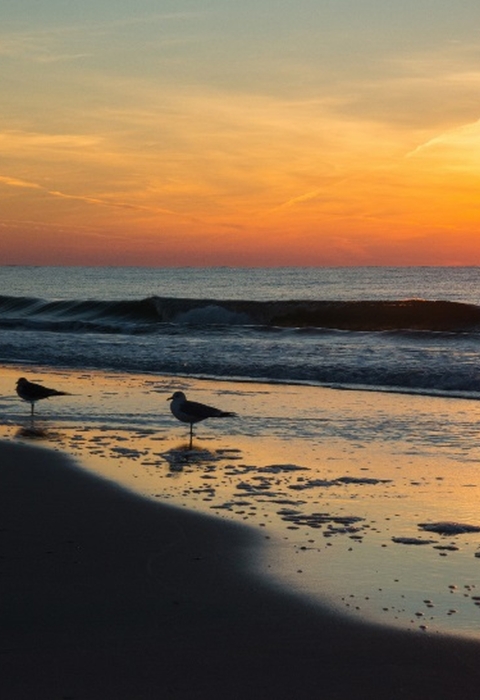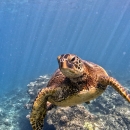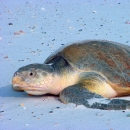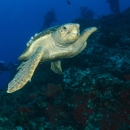Visit Us
Bon Secour National Wildlife Refuge consists of approximately 7,000 acres of coastal lands, ranging from constantly changing beach dunes to rolling pine-oak woodlands. There is something for everyone at the refuge – from a quiet stroll among the dunes, to world-class birding opportunities, and trail, the refuge is a great way to enjoy the natural wonders of the Gulf Coast.
Location and Contact Information
About Us
Bon Secour National Wildlife Refuge was established by Congress in 1980 for the protection of neotropical migratory songbird habitat and threatened and endangered species. Bon Secour represents an important stopover and staging habitat for neotropical migratory songbirds during the fall and spring migration along the Alabama coastline.
What We Do
Wildlife conservation is at the heart of the National Wildlife Refuge System. It drives everything on U.S. Fish and Wildlife Service lands and waters managed within the Refuge System, from the purposes for which a national wildlife refuge national wildlife refuge
A national wildlife refuge is typically a contiguous area of land and water managed by the U.S. Fish and Wildlife Service for the conservation and, where appropriate, restoration of fish, wildlife and plant resources and their habitats for the benefit of present and future generations of Americans.
Learn more about national wildlife refuge is established to the recreational activities offered to the resource management tools used. Using conservation best practices, the Refuge System manages Service lands and waters to help ensure the survival of native wildlife species.
Our Species
Bon Secour National Wildlife Refuge was established by Congress in 1980 for the protection of neotropical migratory songbird habitat and threatened and endangered species like the green, loggerhead and Kemp’s ridley sea turtles as well as the Alabama beach mouse. Bon Secour represents an important stopover and staging habitat for neotropical migratory songbirds during the fall and spring migration along the Alabama coastline. Migratory birds utilize this area for resting and building fat reserves critical to successful migration
Get Involved
Whether you want to further conservation, learn more about nature or share your love of the outdoors, you’ve come to the right place. National wildlife refuges provide many opportunities for you to help your community and fish and wildlife by doing what you love.
National wildlife refuges partner with volunteers, youth groups, landowners, neighbors and residents of urban and coastal communities to make a lasting difference.



